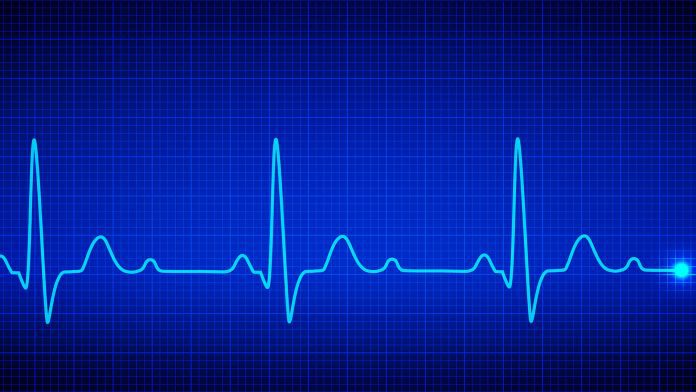
According to an experimental study from Linköping University, oestrogen may increase the risk of disturbed heart rhythm and LQTS in women.
Researchers found an association between oestrogen and heartbeat regulation, leading them to hypothesise that oestrogen may interact with hereditary changes that cause heart disease and alter heart rhythm. They also believe other endogenous substances may have a protective effect on heart rhythm.
Heartbeats are caused by electrical impulses that make heart muscles contract in a coordinated movement. These electrical impulses are regulated via small ion channels that travel through the heart and manage the flow of charged ions in and out of cells. Certain channels act as an accelerator for ions, while others act as a brake.
Some diseases cause abnormal heart rhythm, such as Long QT syndrome (LQTS), which can be deadly in many cases. Patients with LQTS take longer to finish each heartbeat, affecting the heart’s ion channels. The disease is usually caused by a congenital hereditary change or mutation.
The study, ‘Long-QT mutations in KCNE1 modulate the 17β-estradiol response of Kv7.1/KCNE1,’ has been published in Science Advances.
Women are more affected by hereditary heart disease
“We are trying to understand which substances in the body impact the function of the ion channels. If we could figure out how this regulation works, maybe we can understand why some individuals are more protected. Others are hit harder,” said Sara Liin, associate professor at the Department of Biomedical and Clinical Sciences at Linköping University.
The researchers examined the effects of oestrogen on hereditary heart diseases after considering why they affected women more frequently and more severely than men. It is also accepted that women generally have better protection against cardiovascular disease than men, further encouraging researchers to question the role of oestrogen in cardiovascular health.
The research team studied an ion channel called Kv7.1/KCNE1, often associated with LTQS. Reduced function in the Kv7.1/KCNE1 can increase the risk of cardiac arrhythmia. The researchers inserted a human variant of this ion channel into frogs so they could examine the effects of oestrogen on Kv7.1/KCNE1.
Assessing heart rhythm in animal models
They first added the most active form of oestrogen before measuring the ion channel function. They found that function was weakened by oestrogen, suggesting that the hormone could increase the risk of disturbed heart rhythm. According to the researchers, no other sex hormone had a similar effect.
The researchers also identified which channel areas were impacted by oestrogen by further examining ion channel mutations in patients with hereditary arrhythmia syndromes. They found that Some mutations led to high oestrogen sensitivity, and others caused ion channels to lose sensitivity to oestrogen.
“We found that some hereditary mutations that reduce ion channel function seem to contribute to high oestrogen sensitivity, so there could be two risk factors that interact, especially in women carriers of these mutations. We believe our study gives good reason to look closer at this in patients,” explained Liin.
The researchers emphasised that oestrogen has many positive effects in women, and while the hormone can increase the risk of LQTS, the disease is rare, affecting one in every 2,500 people.









